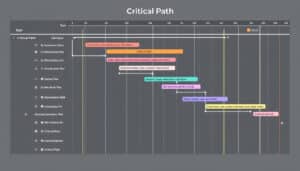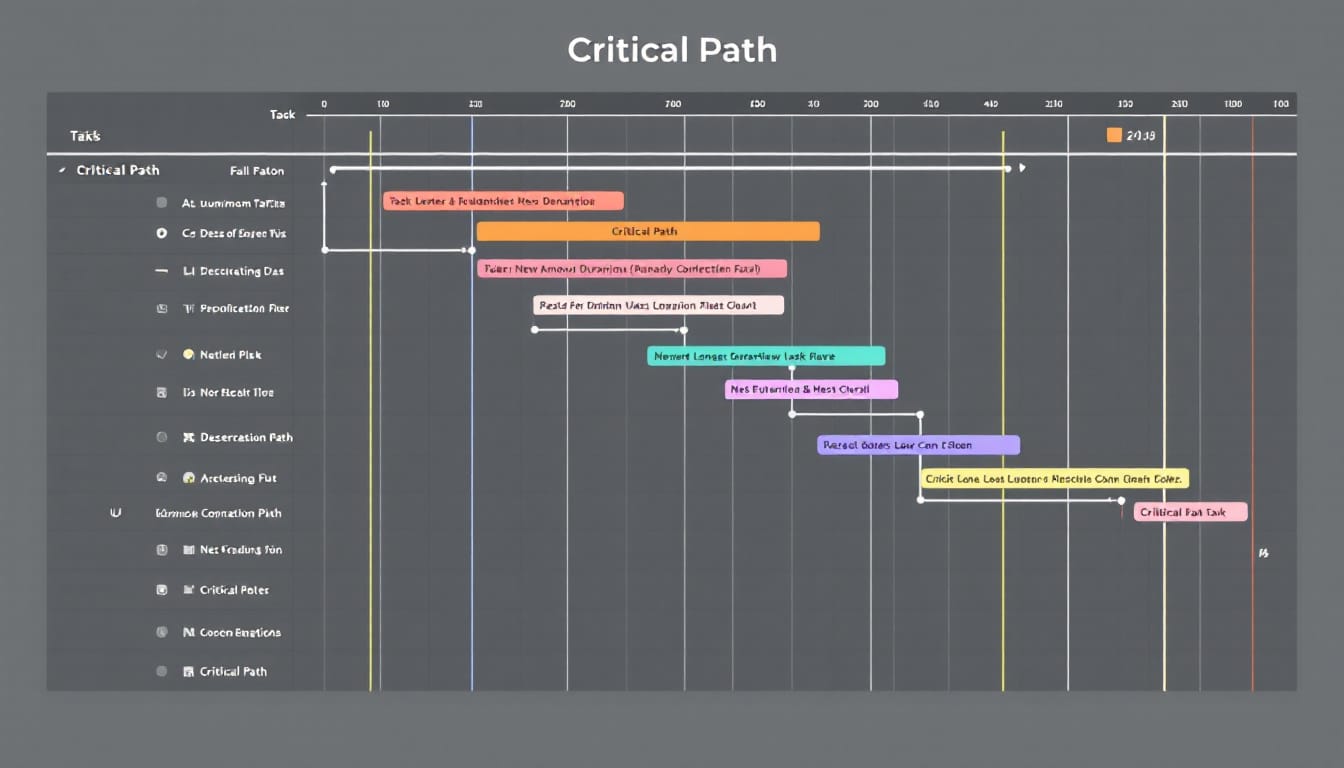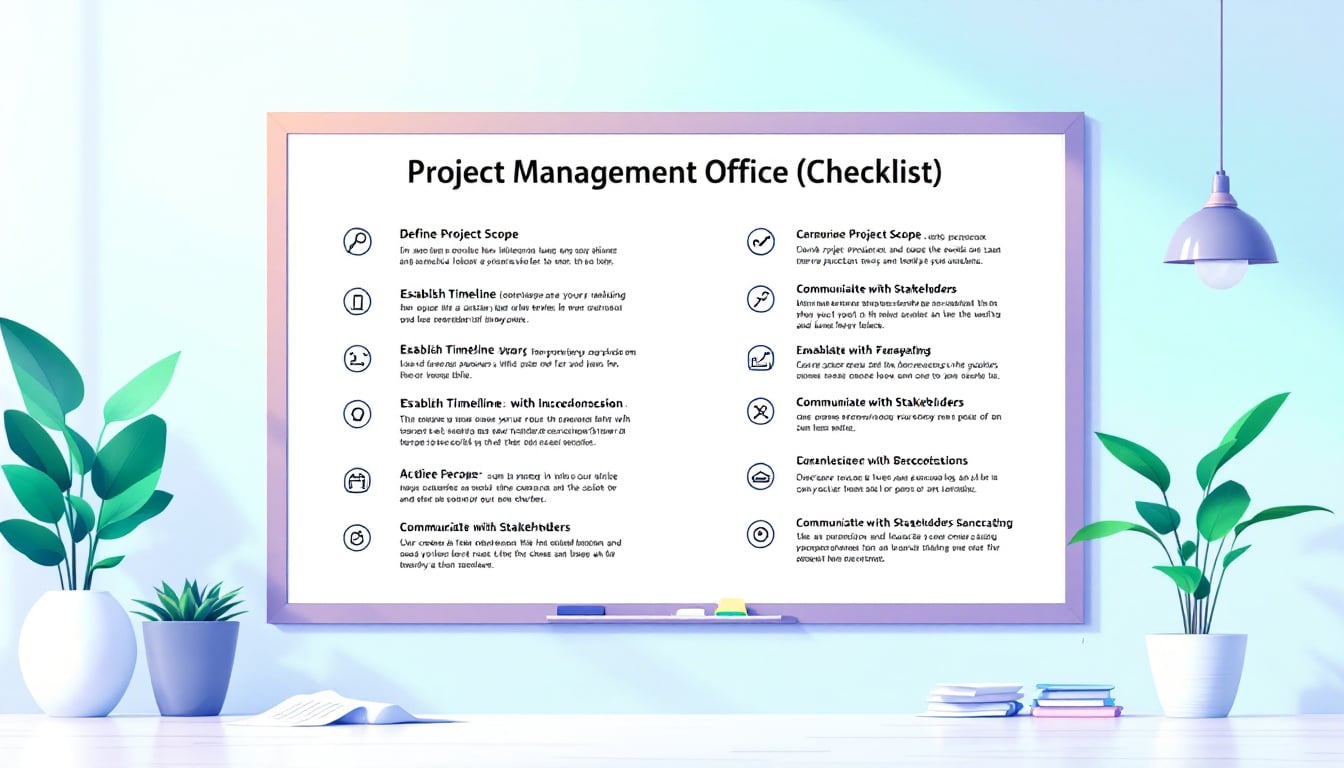Managing a construction project is like orchestrating a complex symphony.
Every phase plays a crucial role in the success of the whole.
Understanding these steps is the key to mastering your construction site.
Whether you are planning to build a house or a commercial building, dividing the project into phases allows you to navigate efficiently through the challenges. From preconstruction to postconstruction, each step requires special attention and precise documentation. Using appropriate tools, such as project management software, can greatly facilitate this complex process. By understanding the specifics of each phase, you optimize the time and resources allocated to your project.
🔥 Nous recommandons Ideamap
Ideamap est l’outil idéal pour un brainstorming ou un projet collaboratif. Grâce son interface facile et à ses fonctions IA, Ideamap booste votre créativité tout en favorisant une meilleure organisation de vos idées pour atteindre vos objectifs.

Managing a construction project requires rigorous organization and a clear understanding of the different phases involved. Whether you are planning a small renovation or a complex building, breaking the project down into distinct stages allows for better control over costs, timelines, and quality. Let’s explore the key steps for successful management together.
The preconstruction phase: laying the foundation of the project
The preconstruction phase is crucial because it defines the foundations of the entire project. It includes several essential steps that ensure the feasibility and effective planning of the work.
Feasibility study
Before launching the project, a feasibility study is conducted to assess whether the project is viable. This analysis includes examining potential risks, financial and operational viability, as well as other key factors. This enables stakeholders to make informed decisions before committing further.
Site analysis
A site analysis is performed to determine the dimensions of the building, the required space, and the layout of the different rooms. These decisions directly influence the design and planning of the work. A project start document is then developed, incorporating all the information gathered.
Schematic design
The schematic design includes sketches showing the overall layout, as well as the materials, colors, and textures envisaged. This step guides the detailed development of the design and helps in selecting suitable materials for construction.
To deepen your mastery of planning tools, refer to this practical guide on Gantt charts.
Managing acquisitions and resources effectively
The acquisitions phase is dedicated to obtaining the necessary resources for the project. This includes purchasing or renting the materials, equipment, and services essential for carrying out the work.
A project manager must ensure that all resources are available at the right time and at the right cost. This requires close coordination with suppliers and careful planning to avoid delays and budget overruns.
The complexity of this phase largely depends on the scale of the project and the availability of resources. Good management of acquisitions helps keep the project on track and ensures the quality of the materials used.
To discover examples and templates of feasibility reports, visit this resource.
Executing the construction phase successfully
The construction phase is when all the planning comes to fruition. It is an intense period that requires perfect coordination among all involved teams.
Foundation construction
The foundation construction is crucial for the stability of the entire structure. It includes the installation of the slab, basement, or ventilated spaces, typically reinforced with steel and concrete.
Superstructure and exterior work
The superstructure encompasses the construction of elements above ground, such as floors, walls, and roofs. At the same time, the exterior work aims to install protective elements like roofs and exterior cladding, thus ensuring the durability and aesthetics of the structure.
During this phase, using project management software like ProjectManager can greatly facilitate tracking and coordination. You can find more information on its advanced features here.
Interior work and finishing
The interior work includes the installation of plumbing, electricity, and heating, ventilation, and air conditioning (HVAC) systems. Finishes such as insulation, drywall, and painting complete this step, making the space livable and functional.
It is essential to maintain constant communication between the construction manager and the teams to ensure that each task is completed according to specifications and within deadlines.
Finalizing the project through the postconstruction phase
The postconstruction phase marks the completion of the project, but it is just as important as the previous phases. It involves closing out the project and ensuring that all requirements have been met.
List of observations and final inspections
At the end of the work, a list of observations (punch list) is created to identify remaining details to correct. Final inspections are conducted to ensure that the building complies with all applicable standards and regulations.
Documentation and post-project analysis
The project manager must compile all relevant documentation, including “As-Built” drawings, operations and maintenance manuals, and warranties. A post-mortem analysis also allows for reflecting on mistakes made and lessons learned to improve future projects.
To better understand stakeholder engagement in project management, refer to this article.
Differentiating between construction phases and project life cycle
It is important to distinguish between construction phases and the project life cycle. The construction phases focus on the specific stages of the actual construction, while the project life cycle encompasses all actions from initiation to closure.
The project life cycle typically consists of five phases: initiation, planning, execution, monitoring and control, and closure. Each phase of the project life cycle includes several actions that occur in parallel with the construction phases.
Understanding this distinction allows for better overall project management, ensuring that each aspect is covered and that objectives are achieved consistently.
Optimizing project management with ProjectManager
To effectively manage the different phases of a construction project, using a project management software like ProjectManager can be extremely beneficial. This software offers a range of tools to plan, monitor, and track the project in real time.
With its powerful Gantt charts, ProjectManager allows you to break down the project into phases and visualize tasks and their dependencies. This facilitates the identification of critical tasks and helps keep the project on track. Additionally, establishing a baseline in the Gantt chart allows for comparing the initial plan with actual progress, thereby ensuring accurate performance tracking.
To further master the advanced features of Gantt charts, you can refer to this guide.
Moreover, ProjectManager offers real-time dashboards that visually and intuitively monitor project progress. Managers can also balance team workload through resource management tools, thus reducing the risk of overload and delays.
Integrating ProjectManager into your construction project management process can significantly improve your team’s efficiency, communication, and productivity, ensuring the success of your projects.
To learn more about the importance of project management, discover this article.














